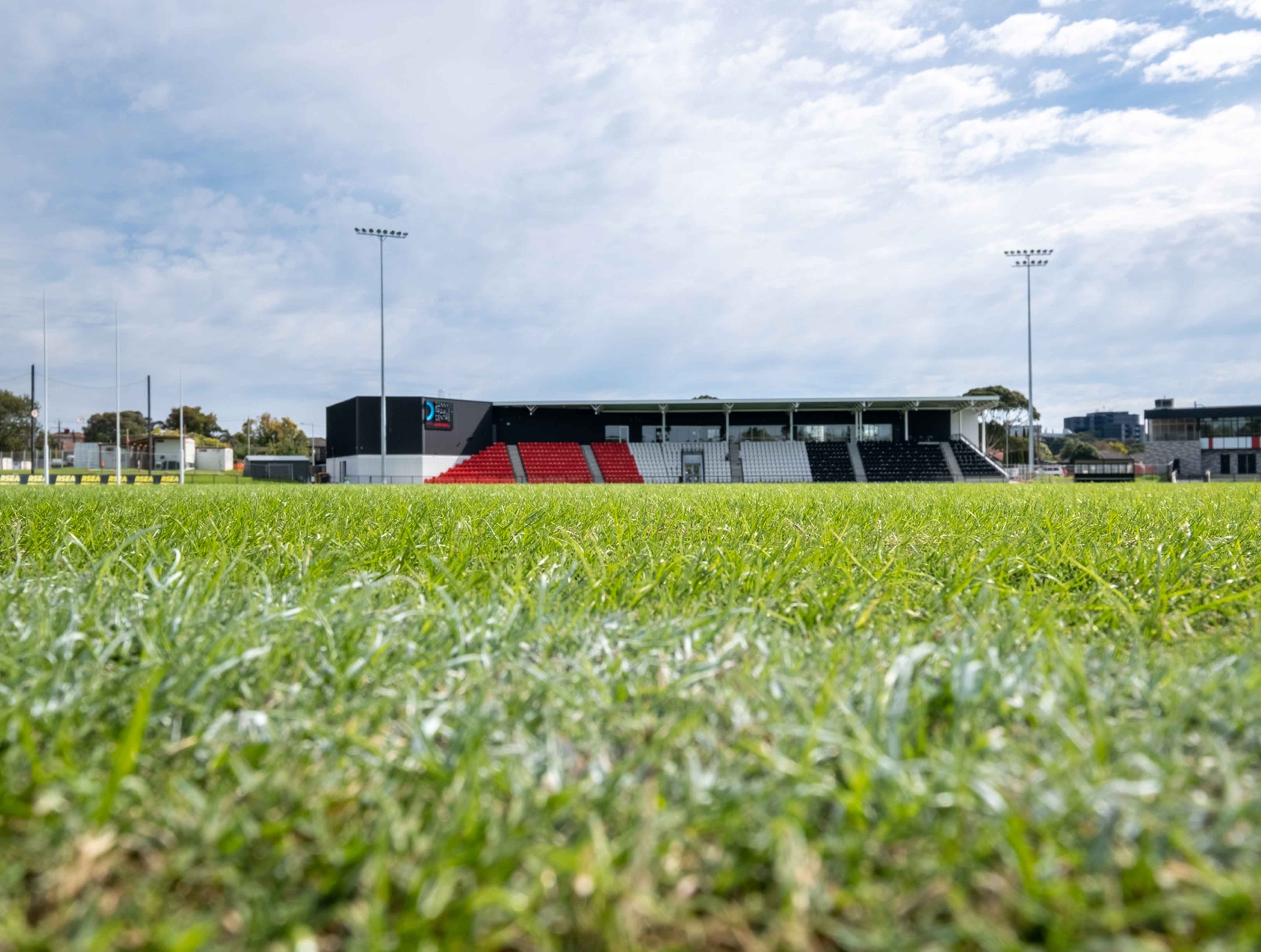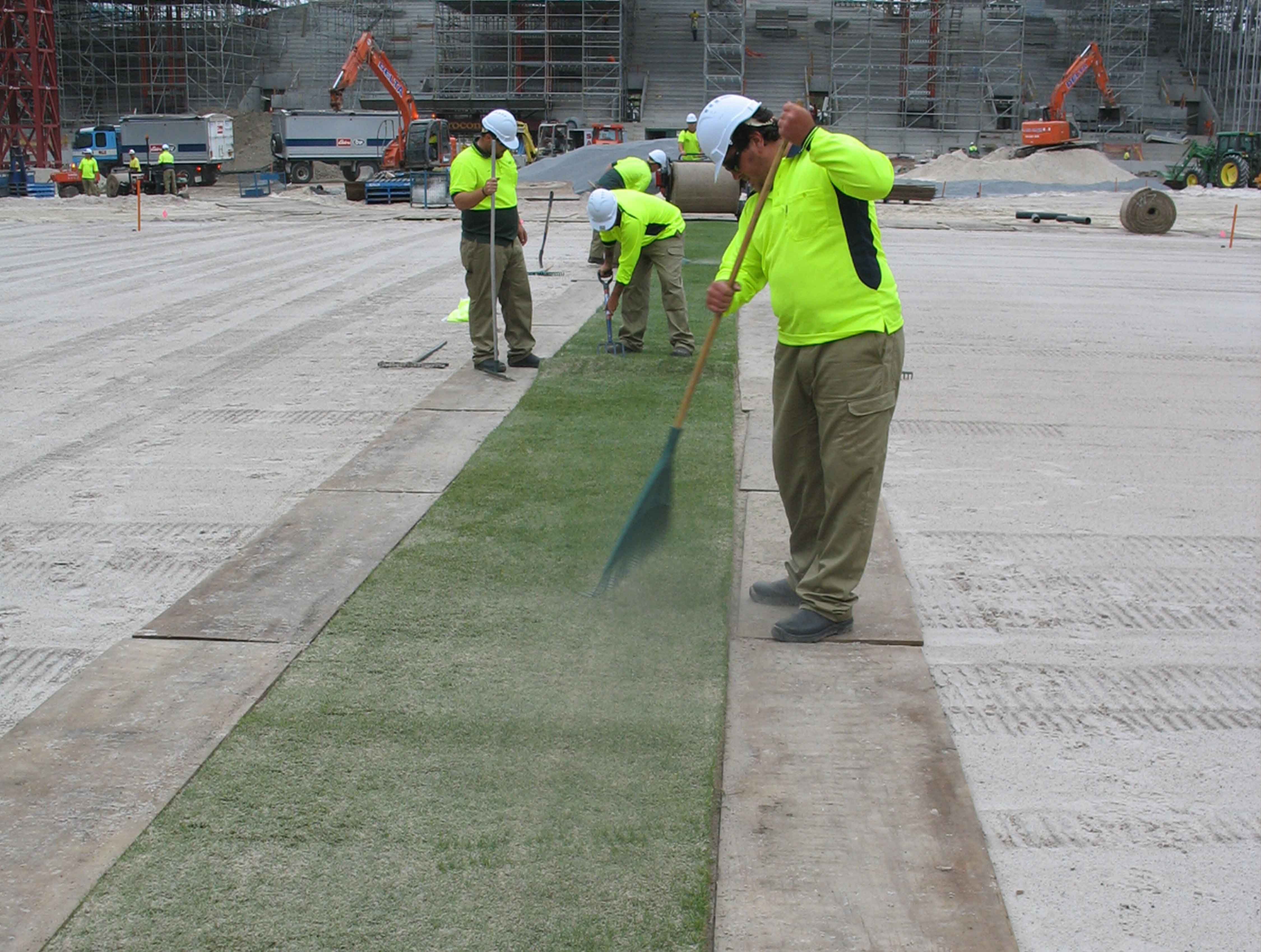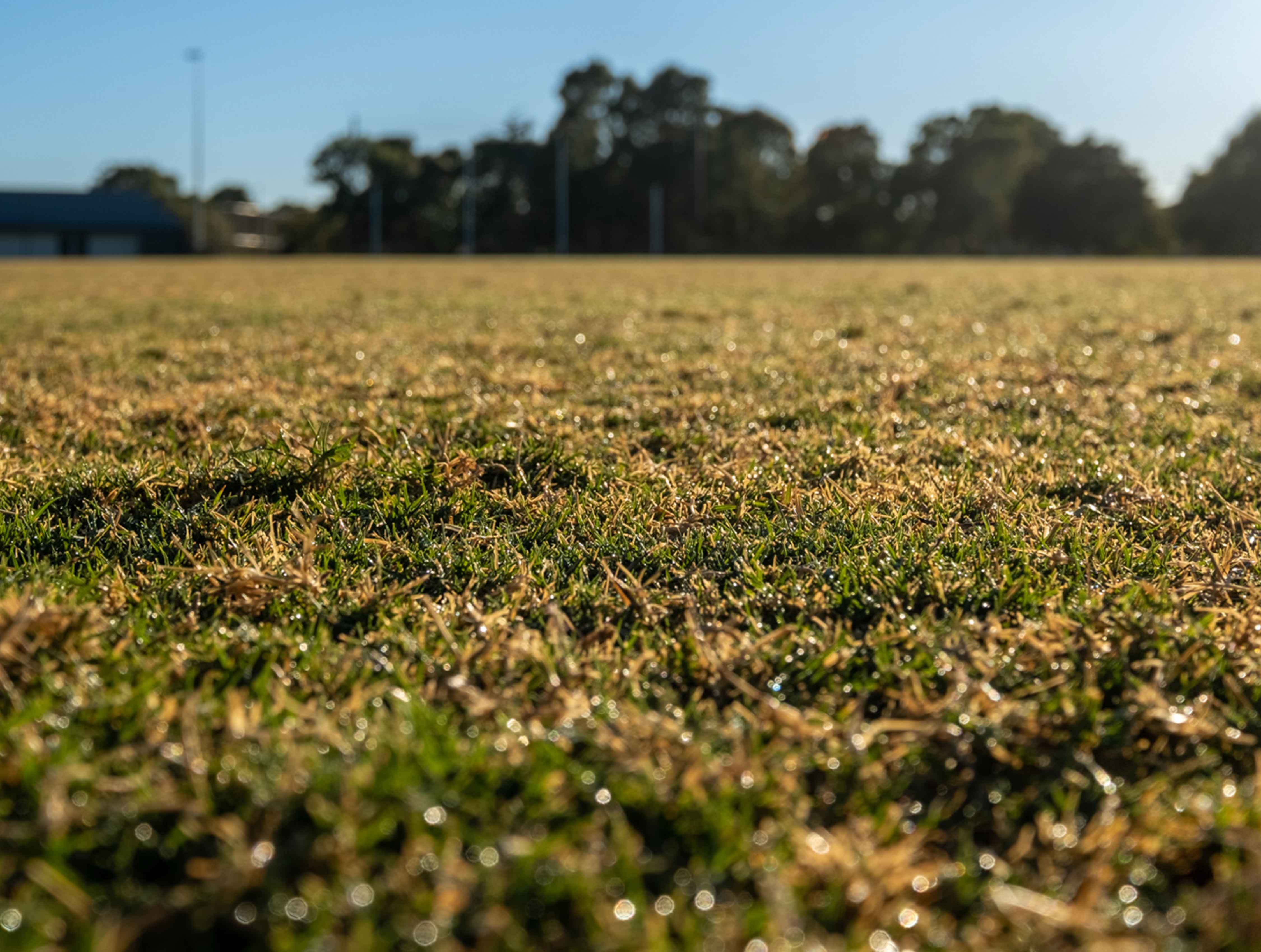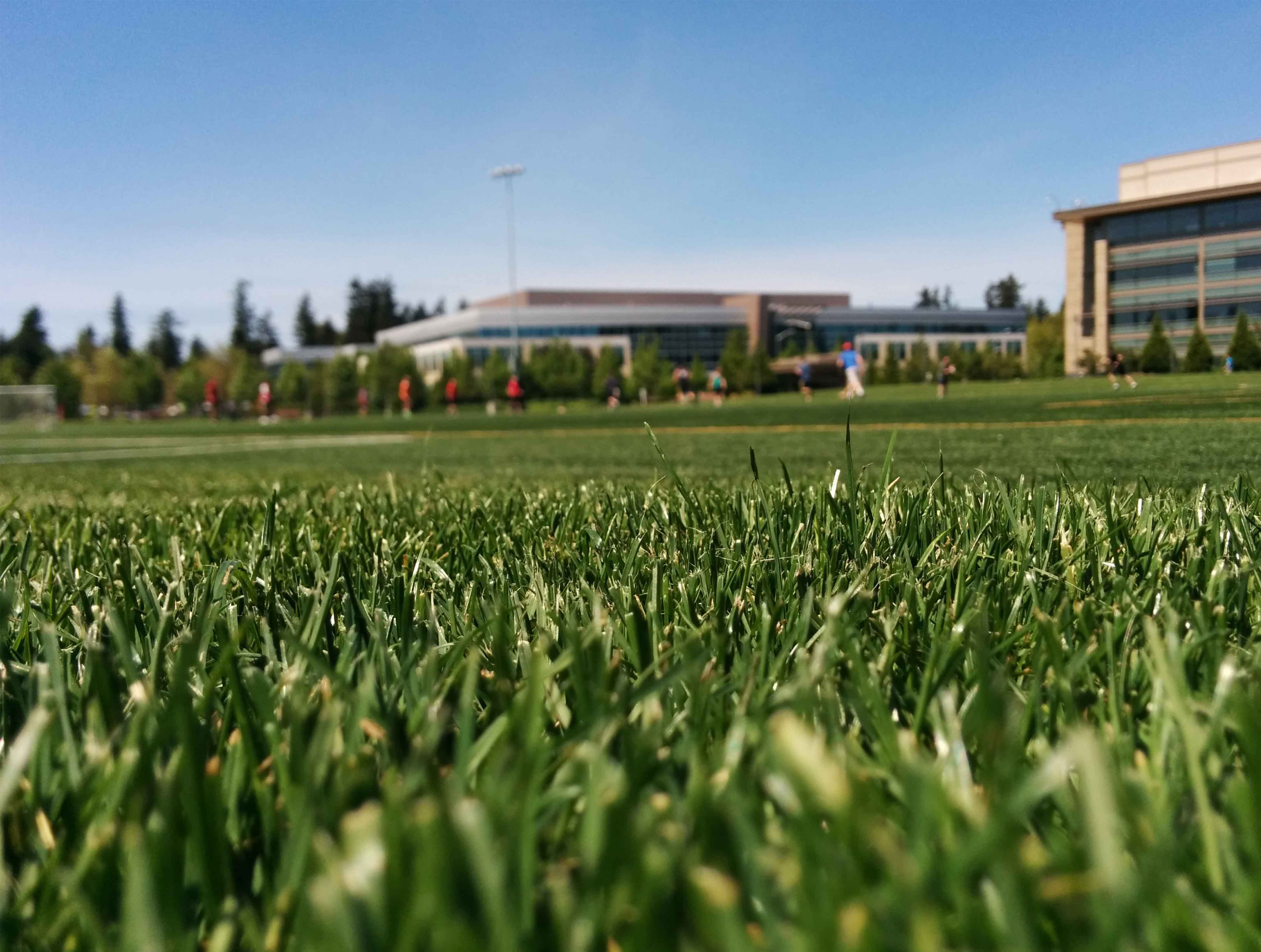Long before the introduction of artificial surface, sport was played on natural turf surfaces. The traction underfoot and the cushioning effects for players from falls on natural turf have been one of the main reasons for its use then, and its continued use today. There is nothing more impressive to the eye than a well-manicured natural turf surface.

Engineering technology has evolved over the last 100 years, enabling players to perform at consistently high levels in adverse weather conditions on these engineered natural turf systems.
When designing and constructing natural turf surfaces, we consider engineering performance. This includes the:
This enables the surface to perform at a ‘known’ level in all climate conditions.
At SPORTENG, we have extensive knowledge and experience working with natural turf subbases. This allows our clients to understand any risk associated with new construction processes prior to the project commencing. We consider and implement any budgetary and works programs to mitigate any risks associated with the new works. It is essential for SPORTENG’s team to consider the nuances of each site, ensuring that we provide the best design and construction solution for a field of play.
Post-construction, it’s paramount to maintain a natural turf surface. We support our clients by providing the fundamental actions to maintaining or improving the surface's ability to handle high traffic volumes and recover quickly in time for the next event.
Many constructions have failed due to poor ongoing management programs, such as thatch control.
Here at SPORTENG, we adhere to individual sport governing bodies when we undertake design considerations. This important step in the process allows us to successfully execute successful projects for our clients.
We have experience working across local and international sporting bodies' requirements, achieving compliance when required.
From planning to design, construction to maintenance, natural sports surfaces are at the heart of sport standards and are the triumph of athletes.
Our surface knowledge covers a range of sports and their associated fields of play, from local- and regional-level facilities, to elite national and international stadiums.

Understanding the nuances of natural turf fields of play will change the way you watch sport. Here at SPORTENG, we watch the turf as much as the action!
When looking at improving natural turf playing quality, we consider the typical surface upgrade options available on the market. From there, we choose the most suitable surface upgrade that can fulfil your needs, such as the sports played, environment and budget
To learn more about which surface options we see the most in Australia, you can take a look at our playbook .

The USGA/Australian modified system is an internationally recognised construction system that provides a ‘known’ performance outcome when it’s maintained adequately.
The system design is based on creating a perched water table. This allows us to maintain a water reservoir for the turf plan, while removing excess water through the drainage system.
The sand carpet system is widely used across the world and boasts a good success rate. It removes excess surface water and profiles drainage into a subbase that contains drainage without a perched water table.
Clients will use the slit drainage system as a rectification system for existing fields of play. The difference is that it features adequate surface fall and subbase drainage. This system enhances the movement of water from the surface into sand slits, infiltrating the sub-surface drainage system.

When you’re considering a surface for your facility, ongoing maintenance and its whole-of-life cycle should be a priority.
When a surface is properly maintained and correctly used, your facility will have an optimal lifespan.
Some of the most important aspects of surface maintenance include:
Failing to address any of these will affect the other critical elements. These important aspects must be planned for in advance of the construction of a natural turf system. This ensures SPORTENG’s management team have adequate resources available to build into the maintenance programs.
For existing natural turf systems, we need to consider the previous maintenance program and what issues are causing the unbalance of the critical aspects. This allows our agronomy team to provide reliable recommendations that will rectify the gaps as efficiently and effectively as possible.